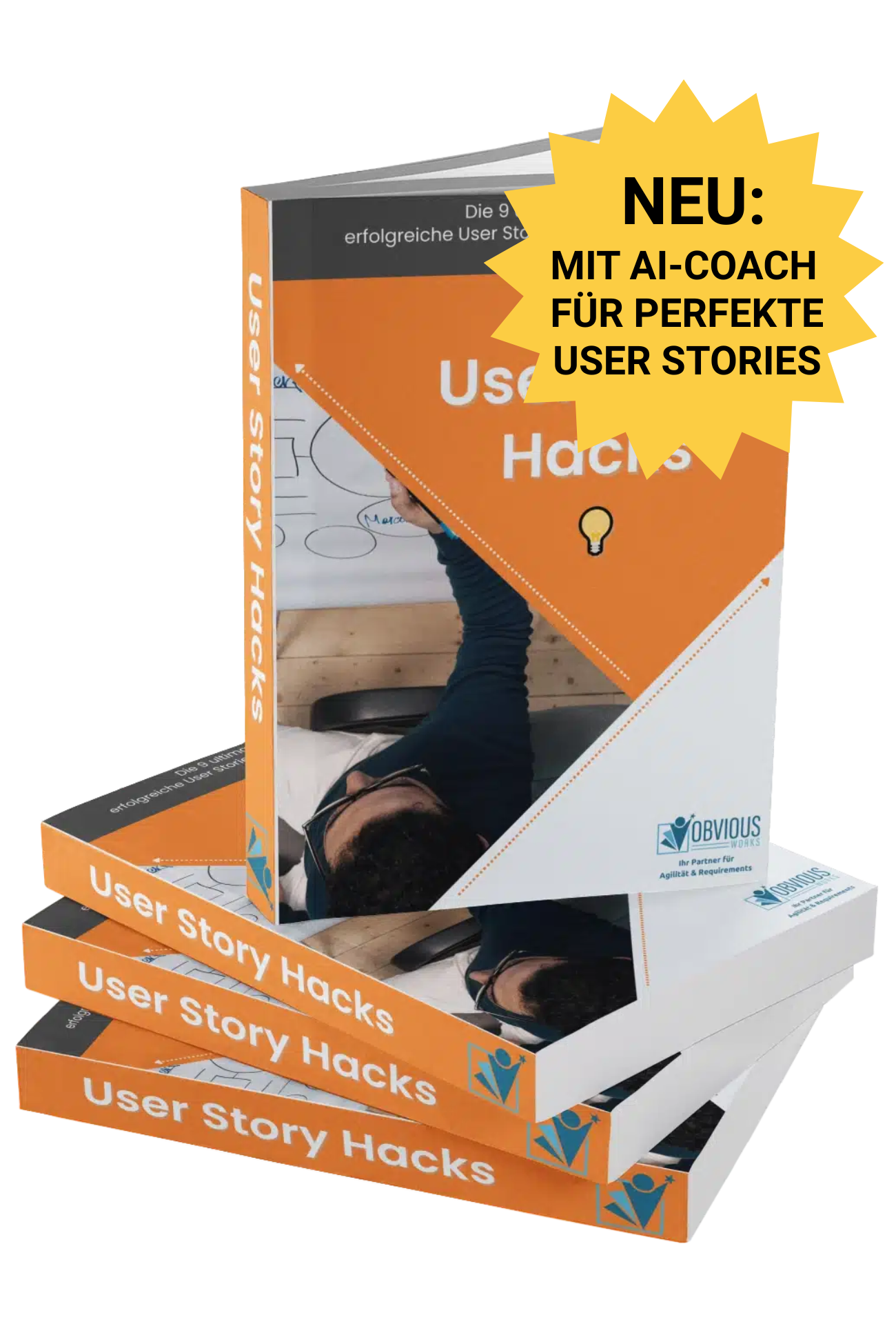Requirements Engineering is probably one of the most important - and at the same time most underestimated - success factors in IT projects. When projects get out of hand, the reason is rarely the technology. In most cases, something much simpler is missing: a common understanding, what is needed at all.
In practice, this means that requirements are raised too late, too vaguely or in the wrong places. Misunderstandings, unclear goals and endless change requests are the result. The good news is that this can be avoided - with solid requirements engineering.
What is requirements engineering anyway?
Requirements Engineering (RE for short), Systematically collect, analyze, document and manage requirements. This discipline ensures that everyone involved has the same target image of the product - before it is developed.
One often speaks of the Requirements management. However, the term "engineering" has been deliberately chosen here because it is not just about collecting wishes, but about Structured work on the needs.
Because - and this is central Customer wishes and Customer needs are not the same. As I like to say:
"If you're lucky, you'll have a customer who knows what they want.
But that's still a long way from what he needs."
This is exactly where good requirements engineering comes in: It helps to understand the real needs, clarify misunderstandings early on and build the right product - not just the first one that comes along.
Why requirements engineering is so important
A solid RE brings clarity to projects, reduces risks and creates trust between business and IT. The advantages can be summarized in four points:
- Clarity & focus Everyone talks about the same thing. Goals, expectations and boundaries become tangible.
- Time & cost savings Errors are recognized before they become expensive. Studies show that reworking in late project phases can save up to 100 times more expensive than in the analysis phase.
- Risk minimization Fewer change requests, fewer surprises, less frustration.
- Satisfied stakeholders Products that create real benefits - because they are based on needs, not assumptions.
Figures that make you think
A lack of requirements engineering is not an academic problem - it is one of the Top reasons why projects fail:
-
According to the PMI Pulse of the Profession Report (2014) are Insufficiently raised requirements with 47 % of the projects the main reason for failure.
-
One PLOS ONE meta-study (Iqbal et al., 2020) found 43 typical RE problemsthat lead directly to failed software projects from unclear goals to conflicting stakeholder expectations.
For our practice, this means: RE is not an annoying formality, but your best tool for making projects successful - whether agile, hybrid or classically organized.
The process: How to determine requirements correctly
A clear RE process consists of five steps that work in any environment:
- Clarify goals and scope - Why does the project exist at all?
- Raise requirements - e.g. through interviews, workshops or document analysis.
- Analyze & prioritize - What is really important, what is "nice to have"?
- Document & coordinate - Formulate clearly, comprehensibly and testably. Coordinate with all relevant stakeholders.
- Validate & manage - Record changes in a controlled manner, ensure traceability.
If you have this cycle under control, you are already at a professional level - regardless of whether you work in a corporate or an agile team.
Classic or agile - RE always works
Requirements engineering is method-agnostic. This means that the principles remain the same, regardless of whether you are working with specifications or user stories.
If you want to get into the subject, the IREB CPRE Foundation Level the perfect starting point:
👉 IREB Certified Professional for Requirements Engineering (CPRE)
For all those who already work in an agile way, there are suitable in-depth courses:
👉 Certified Agile Requirements Specialist (CARS)
👉 Product Owner 2.0 - AI Superpower
Future: How AI is changing requirements engineering
In principle, RE remains a "people business" - but AI will change it. AI-supported tools are already helping to evaluate interviews, cluster similar requirements, document requirements consistently and identify inconsistencies in documents.
It gets exciting when AI assistants come into play. They support RE specialists in this, Context-related suggestions automatically Test cases derive or Prototypes from descriptions. I have published a two-part series of articles on this in the RE Magazine written:
📄 AI Assistants in Requirements Engineering - Part 1 | Part 2
And if you prefer to dive right in:
👉 AI in requirements engineering training
Conclusion
Good requirements engineering ensures that teams do not simply build something, but the right thing build. It creates clarity, saves money and promotes collaboration - in both traditional and agile environments.
If you want to take your RE know-how to the next level:
➡️ Start with the IREB CPRE Foundation Level for solid basic training
➡️ Specialize directly with the CARS Trainingif you mainly work in agile projects
➡️ Or discover new ways with the AI modules AI in requirements engineering training or Product Owner 2.0 - AI Superpower
Michael (Mr. Miroboard) Mey
Michael is a trainer who not only impresses with his knowledge, but also with his passion.
About Michaels Trainer profile
To his LinkedIn profile
More details here:
- Requirements Management: Core Competency for Project and Program Success - PMI Pulse of the Profession Report
- Requirements engineering issues causing software development outsourcing failure - PLOS ONE meta-study
- Certified Agile Requirements Specialist Training
- IREB CPRE Foundation Training
- AI in requirements engineering training
- Product Owner 2.0 - AI Superpower Training
- Our next training dates
- "What does the customer want? Professionally determine and analyze requirements" (Webinar by Obvious Works in cooperation with Digicomp)
- IREB Special Interest Group SIG #AIREB



